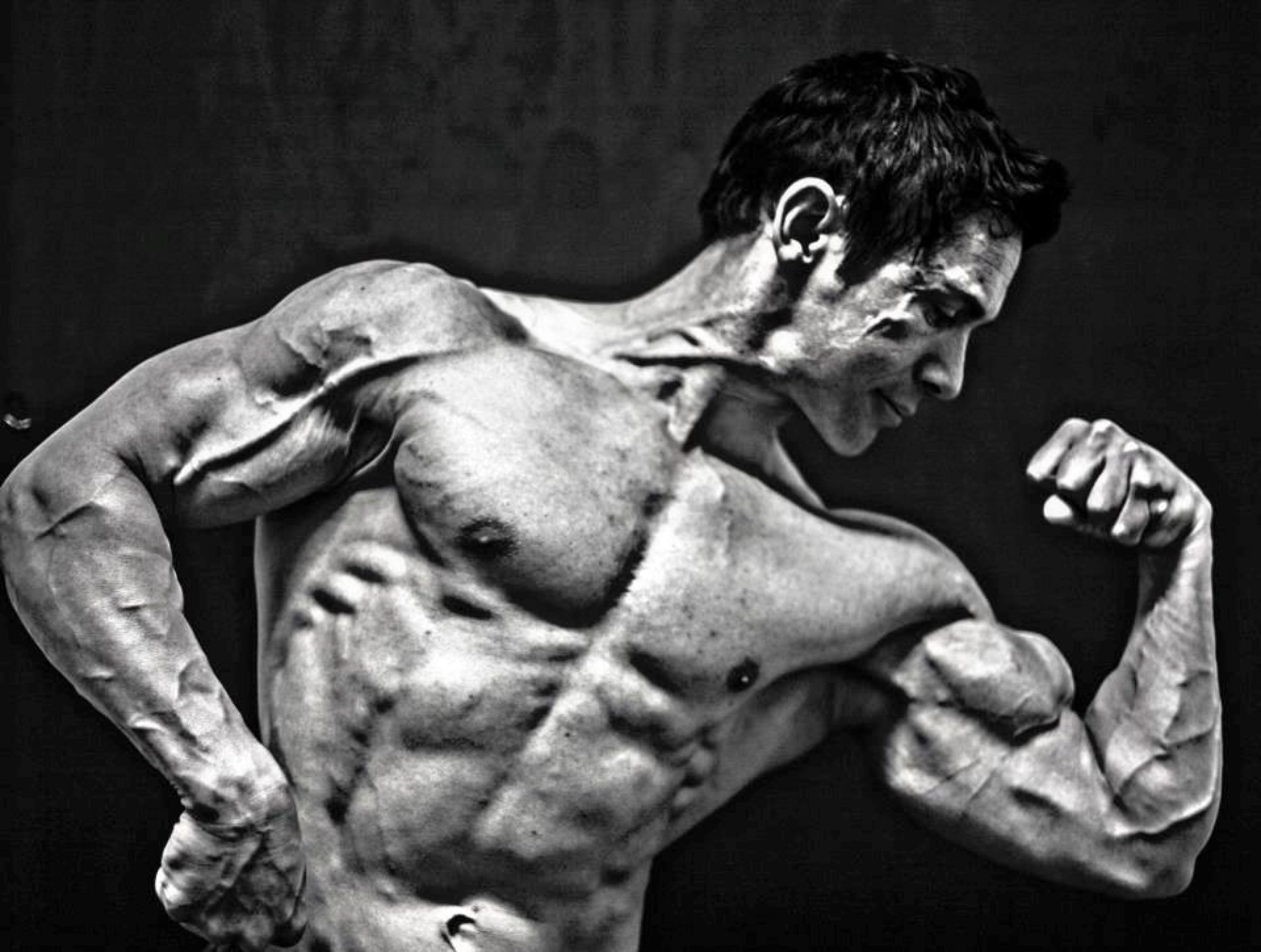Have you heard the saying you are what you eat? This is so true if you are digesting and using the foods you eat properly. However if you have digestive problems your hard work in the gym and commitment to a nutritious diet will definitely be compromised. Some common ailments of poor digestion are indigestion (heart burn), chronic fatigue, yeast overgrowth, constipation, diarrhoea, excess gas, bloating, hunger, stomach problems (leaky gut, ulcers, Chrohn’s, celiac, irritable bowel………..) and food allergies. So how can you make sure you are digesting your nutrients optimally so you get the maximum benefits from your food too improve muscle gains? Below are some ideas to improving your digestion.
Do you rush around all day and eat on the run? One of the most basic things you can do to improve digestion is to make sure that when you eat you sit down, relax and chew your food properly. Patrick Holford, a leading nutritionist suggests that the digestive system is like a second brain and that separating thoughts, feelings and physical reactions are impossible. So when you eat you should choose the most nutritious foods, prepare them in a way that you like and have positive thoughts about what you are eating to optimise digestion. Chewing your food does several things too; it begins the digestive process in the mouth and it breaks up your food into smaller pieces increasing the surface area so that your digestive enzymes in your stomach have a better shot at digesting your food.
Some people find that combining foods in certain ways can help them digest foods more effectively and avoid some of the digestive ailments mentioned above. Here are some food combinations that appear to work for those who have had digestive problems;
- Combining proteins only with leafy vegetables.
- Have fruits by themselves.
- Combine vegetables with starches (wheat, rice oats, pasta…..)
Although this seems a rather limited way to eat it may only be necessary to do this for a short period of time until your digestion improves.
Adding digestive enzymes is another good way to ensure you are getting the most out of your foods. There are a number of foods that have enzymes that can help the digestive process like bromelain which is in pineapple and papain from papaya; both are useful in helping digest proteins.
If you still have trouble digesting your food then you can add a digestive enzyme supplement with each of your main meals too.
Avoiding foods that can cause allergies can improve digestion. Some foods that can cause allergies are:
- Coffee and tea (can also prevent absorption of nutrients).
- Some nuts- peanuts are a good example.
- Eggs
- Chemical additives
- Alcohol
- Milk and wheat
Charles Poliquin an Olympic trainer in the States suggests eating a wide range of different proteins as eating one protein for an extended period of time can sometimes cause food allergies.
Making sure you have the right bacteria within your stomach can make or break your digestive efforts. Good bacteria can help make vitamins our body needs to function optimally, they help fight infection, reduce inflammation and food allergies and help digest your food. Eating fermented foods and taking a probiotic supplement can be a great insurance policy to ensure you have a healthy balance of bacteria in your stomach. Supplement companies like Gaspari nutrition realise the importance of probiotics and digestive enzymes to make sure you are getting the maximum benefits from their supplements and have added these to their latest Myofusion formulation.
Although I have only touched on some of the ways you can improve digestion, these small changes will indeed make a big difference to your health, how you feel and how you digest and absorb your nutrients from your food to improve muscle gains in the gym. Incorporate some or all of these ideas and watch your muscles grow!

